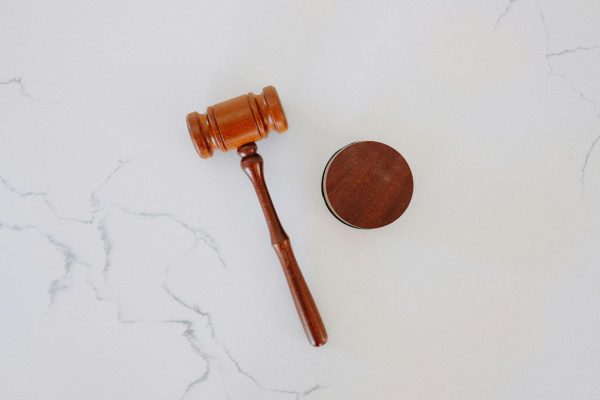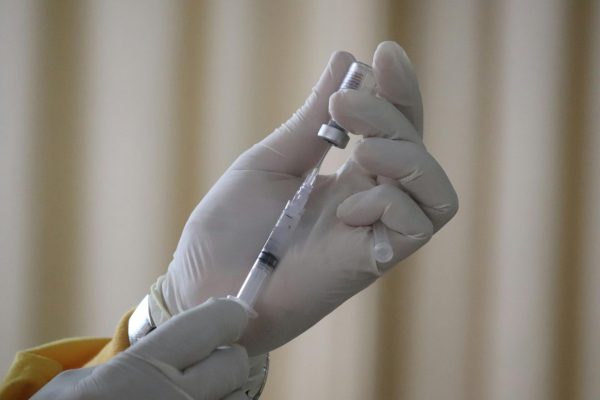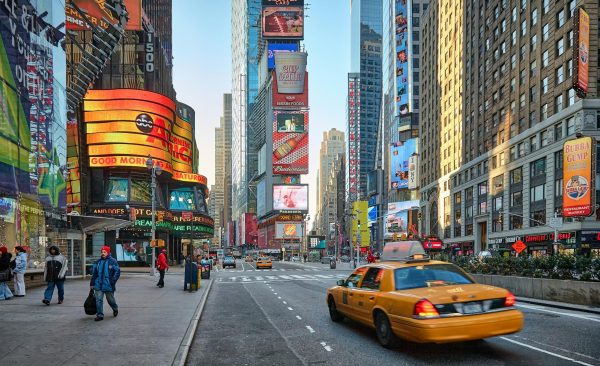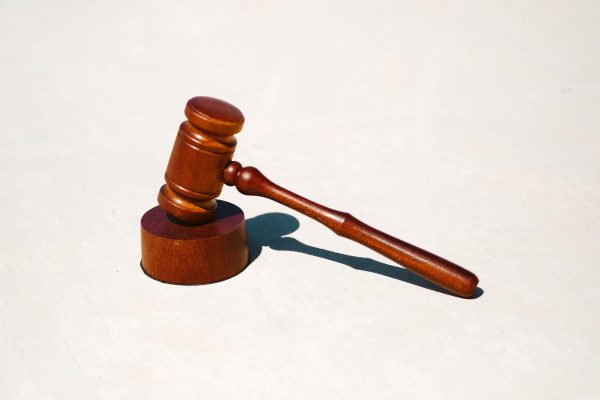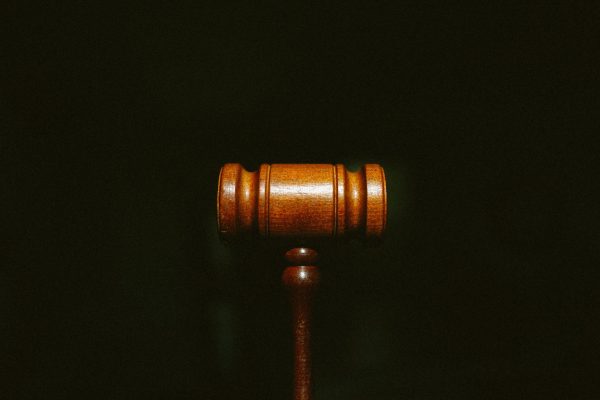Why Is Hong Kong Protesting?
October 26, 2019
Over the course of the past few months, Hong Kong – a global hub of commerce and trade – has been rocked by civilian-led protests that have left a significant impact on the usually-bustling metropolis. The protests, which began in June, continue to be held, with plans underway for the future. With their increased popularity comes rising tensions between the protesters and the police, who have engaged in violent behaviors on both sides on numerous occasions.
An extradition bill sparked the politically-motivated protests. The bill, named “The Fugitive Offenders and Mutual Legal Assistance in Criminal Matters Legislation (Amendment) Bill”, would have allowed local authorities to extradite wanted fugitives back to mainland China and Taiwan for trial. The legislation was proposed due to the 2018 murder of Poon Hiu-wing by her boyfriend Chan Tong-kai (both of whom were Hong Kong residents) while on vacation in Taiwan. As there was no extradition treaty with Taiwan at the time, no trial could go forward. However, the bill became extremely controversial. Concerns quickly arose over the fear that many political dissidents residing in Hong Kong would be the target of the bill, which would subject them to Chinese courts that would potentially be more likely to side with prosecutors.
Many protests have been organized over the past few months, with several gaining international attention and support. Although demonstrations against the bill began in March, turnout did not significantly increase until June.
On June 9th, 2019, the first mass protest against the bill was held, with hundreds of thousands attending. However, the following protest on June 12th devolved into police-protester clashes that turned violent, with riot police firing tear gas and rubber bullets into the crowds. The bill was suspended, but not withdrawn entirely until September 4th, 2019. During the weeks leading up to its withdrawal, both peaceful and violent protests intensified, with protesters breaking into and vandalizing a prominent government building, the formation of a symbolic 210,000-person human chain stretching over 50 kilometers throughout the city, and various high-attendance rallies against police brutality.
Although the extradition bill was the major cause of the protests, protest organizers issued additional demands to Chief Executive Carrie Lam. Controversy continued as Lam refused to address the remaining demands – retraction of the “riot” labels placed on the protests that have been held, release and exoneration of arrested protesters, an inquiry into police conduct and use of force particularly during protests, and the resignation of Carrie Lam herself/universal suffrage in Chief Executive elections.
The protests are not without controversy and have strained police-civilian relations. In late August, a several-day-long occupation of the Hong Kong International Airport was held, completely blocking all flights to and from the city, causing a major loss in revenue.
The protest movement itself has often been divided, with some within the movement carrying out violent protests to the condemnation of both organizers, political officials, and police. However, the often-brutal clashes between police and civilians during peaceful protests (which include indiscriminate use of tear gas, rubber bullets, and forceful arrests) have also sparked global concern.
Protests continue to be planned as Hong Kong-mainland Chinese relations continue to deteriorate. While the pro-democracy movement continues to both unite and divide Hong Kong, the rest of the world watches.



